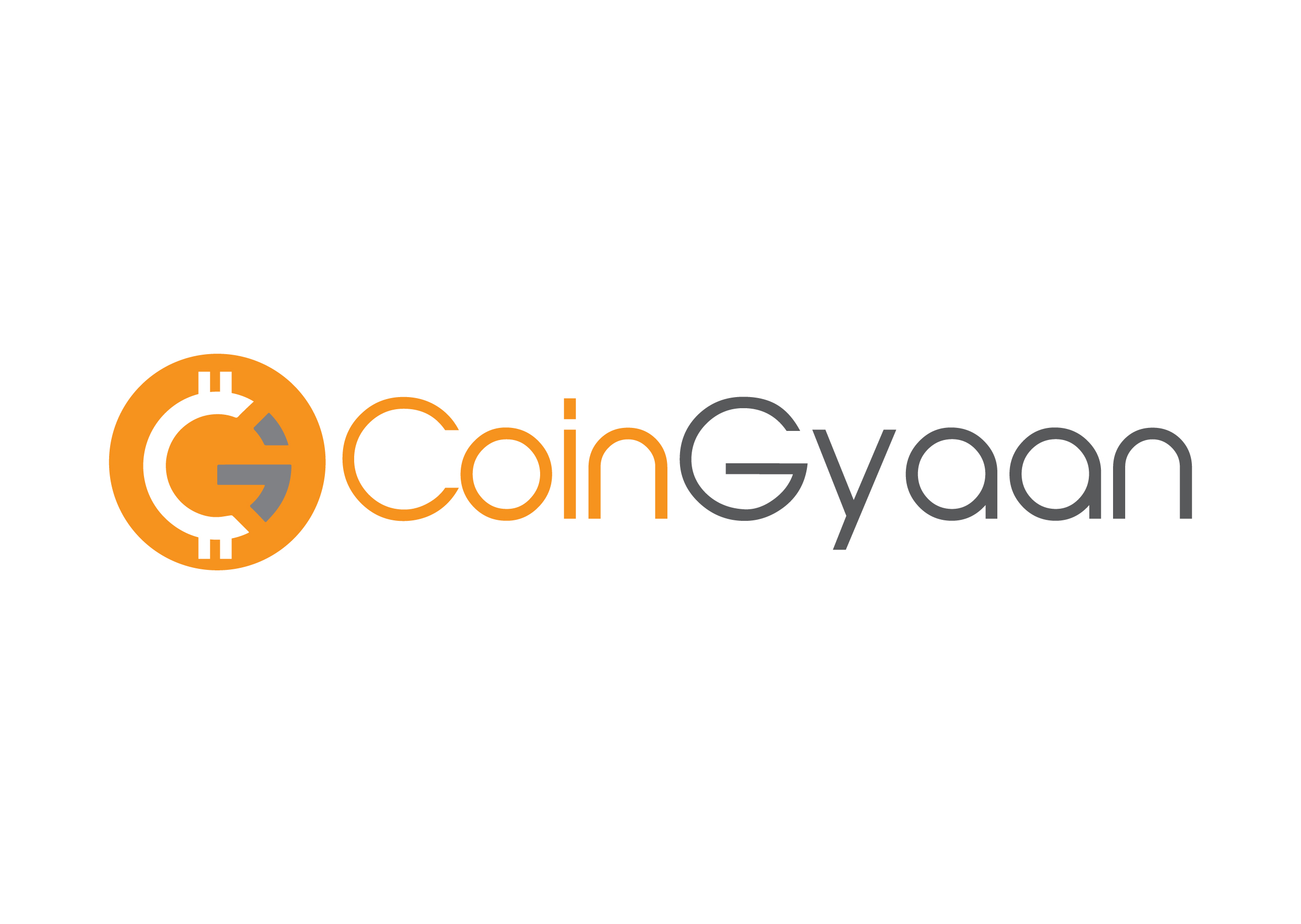The cryptocurrency market has been booming in the past year. And this positive momentum isn’t slowing down anytime soon, with the price of bitcoin reaching as high as $40.000 in early January 2021.
Investors are rushing to the market to buy bitcoins and other cryptocurrencies, hoping to
take profits from these quickly-appreciating assets. This increasing popularity hasn’t gone
unnoticed by financial regulators across the globe.
Cryptocurrencies remain a fairly recent market and the way government agencies regulate
them drastically varies from one country to another. While some countries have imposed
banking bans, others embrace their usage completely.
A recent development in cryptocurrency banking regulation in the US may have quite an
important impact on the industry as a whole.
The OCC releases statement on banks and stablecoins
At the beginning of January 2021, the Office of the Comptroller of the Currency (OCC), a
branch of the US federal government released a letter addressing the issue of banks using
cryptocurrencies.
The statement stipulates that US banks can now use stablecoins for payments. Additionally,
these institutions can equally participate in decentralized networks (blockchains) to store and validate transactions themselves.
With that said, banks must continue to comply with current regulations regarding fraud and
anti-money laundering mechanisms already set in place.
The letter goes even further, stating that blockchain networks “have the same status as other global financial networks, such as SWIFT, ACH, and FedWire.” However, the OCC limits the usage of cryptocurrency for banks to stablecoins only.
This means that banks will not be able to hold bitcoin, ethereum, or other speculative crypto assets.
What are stablecoins?
Bitcoin and similar cryptocurrencies are based on a distributed and immutable ledger called
the blockchain. Their main advantage is their decentralization – no one can control their
networks and users can exchange value seamlessly without relying on a third party such as
a bank.
Furthermore, their issuance is determined by a protocol on their blockchain which follows a
set of mathematical rules. Usually, their total supply is limited, making them scarce and more valuable over time.
With that being said, these cryptocurrencies are also very volatile assets. Their value can
fluctuate to an extreme extent within short periods of time. While this volatility is a great
advantage to those who wish to make profits on the price variations, it’s also a significant
drawback for others.
Must Read: Top 5 Oracle Projects in Crypto to Invest in 2021
With prices being this unpredictable, it can discourage people to use them on an everyday
basis.
In that regard, stablecoins are very different from these speculative cryptocurrencies. While
also situated on a blockchain, they are issued by a company and are minted on demand,
similar to how governments print and put into circulation traditional currencies.
Their total supply is uncapped, so theoretically, an infinite amount of these coins can be put
into circulation. However, the company behind the issuance of stable coins will usually set
up a “reserve” of funds that back the issued stablecoins in value 1 to 1.
This reserve serves as collateral for all the stablecoins in circulation, similar to how the US
dollar used to be backed by gold.
There are different types of assets that can be used as collateral for stablecoins:
● FIAT money, with the US dollar being the most popular choice, see USDT, USDC,
GUSD etc.
● Precious metals, most commonly gold.
● Cryptocurrencies.
Pros and cons of stablecoins
With stablecoins pegged to fiat money 1-to-1, their main benefit is the stable value they
provide in comparison to other cryptos.
They provide a convenient way for traders and investors to avoid the volatility of the market in times of big price fluctuations. Traders can transfer their crypto assets into stablecoins and remain in the ecosystem at the same time, with little-to-no ill effect.
They are also great for daily transactions, as they benefit from all the blockchain properties
such as increased privacy, security, faster and cheaper transactions etc.
The main drawback of stablecoins remains the fact that they are tied up to a reserve
currency. While they are stable, they remain as stable as the currency they are pegged to.
This leaves them vulnerable to inflation, in contrast to popular crypto-assets such as bitcoin.
How can banks use stablecoins for payments?
The new regulation is already showing some results. On January 27th, Circle, the company
behind the second most popular stablecoin USD Coin (USDC), has released a new application that will allow banks to transfer USD to USDC in an automated manner.
This sets another milestone to connecting the cryptocurrency ecosphere to the traditional
financial systems.
Conclusion
Cryptocurrencies have shown that their popularity is undeniable and that governments and
traditional financial institutions will have to adapt to their usage. The banking regulation from the OCC is a big step forward to mass adoption, as stablecoins offer a great gateway to the cryptocurrency ecosystem.




… [Trackback]
[…] Find More on that Topic: coingyaan.com/us-banks-were-officially-allowed-to-use-cryptocurrency-what-will-be-the-consequences/ […]
… [Trackback]
[…] Here you can find 8959 more Info to that Topic: coingyaan.com/us-banks-were-officially-allowed-to-use-cryptocurrency-what-will-be-the-consequences/ […]
… [Trackback]
[…] Information to that Topic: coingyaan.com/us-banks-were-officially-allowed-to-use-cryptocurrency-what-will-be-the-consequences/ […]
… [Trackback]
[…] Information on that Topic: coingyaan.com/us-banks-were-officially-allowed-to-use-cryptocurrency-what-will-be-the-consequences/ […]
… [Trackback]
[…] Find More here on that Topic: coingyaan.com/us-banks-were-officially-allowed-to-use-cryptocurrency-what-will-be-the-consequences/ […]